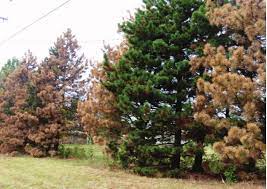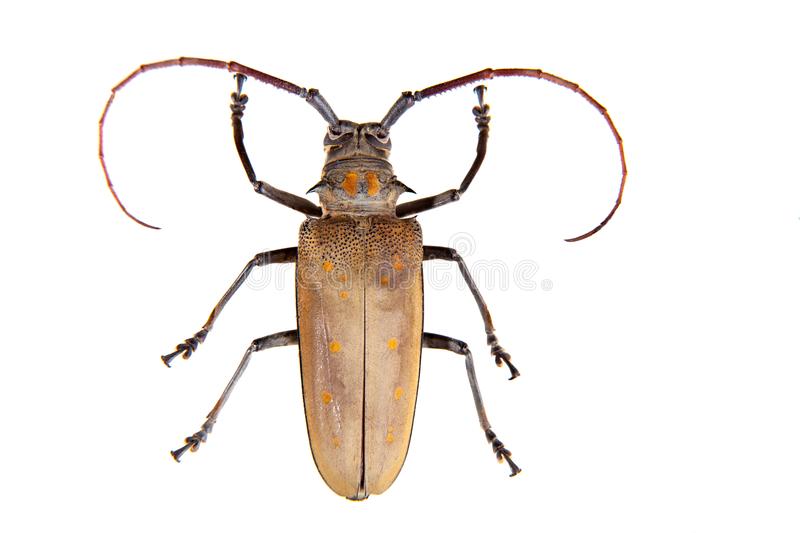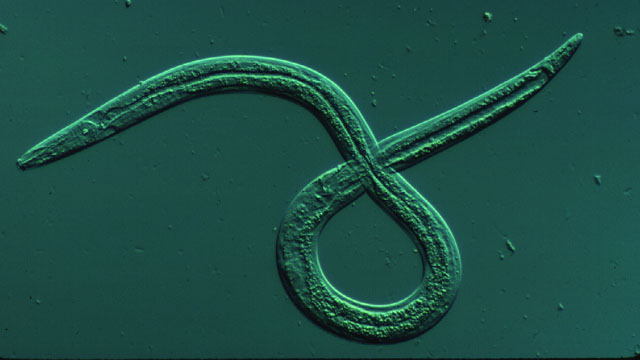ISPM15 Compliant Packaging
Crocodile can provide a solution to ISPM15 compliant packaging as follows:
- Wooden packing crates and cases made only from fully processed wooden materials such as OSB and plywood.
- Wooden pallets made from OSB and Plywood decking to suit requirements.
- An optional, country specific, Non-Use of Wood Packaging certificate system to support consignments that include relevant Crocodile supplied packaging systems.
Crocodile are certified members of the UKWPMMP
See below for more details about ISPM15
What is ISPM15?
During 2002 a new International Standard for Phytosanitary Measures (ISPM15) was developed by the U.N. to control the spread of pests and diseases harboured in wooden packaging material.
The development of ISPM15 was in response to the potential spread of pests that could survive within wooden packaging, including the Pinewood Nematode, Bursaphelenchus Xylophilus, which causes pine wilt disease (PWD).
PWD is a major threat to pine forests around the world having the potential to cause significant economic loss as well as adversely affecting animals and plants as well as the human environment.
The new measure required that any timber used in international shipping of goods be treated to exacting standards to ensure that all such infestations were removed.
The Science Behind ISPM15 Packaging
The pinewood nematode invades the stems and branches of pine trees, using pine sawyer beetles (Monochamus species) as a vector for transport between trees.
The nematodes enter the trees through the beetle’s feeding wounds and then feed on cells lining the tree’s resin ducts which disrupts water movement within the tree leading to wilting and subsequently death, usually within 3 to 12 months of infestation.
The beetles then migrate from dying trees to feed on nearby healthy pines, ensuring that the nematode life cycle persists.
Addressing the Threat of PWD
PWD has caused tree deaths in Japan, China, South Korea, Taiwan, Portugal, Madeira, Spain and Mexico – these infestations have happened from 1905 to 2009 and whilst the UK is currently free from infestation, the threat of PWD becoming established would potentially cause serious damage to the economics of forest and timber industries as well as ecosystem disruption.
Spread of the disease relies on beetles invading nearby healthy trees meaning that PWD can spread quickly through densely forested areas. Transmitting the disease over long distances, however, relies on the nematode or beetles (or their eggs) being transported within coniferous timber, including imported timber and especially timber used in wooden packaging such as pallets, crates, cable reels and internal timber dunnage.
What Materials area Affected by ISPM15 Legislation?
The ISPM15 legislation applies specifically to timber that is categorised as Wood Packaging Material (WPM).
This includes coniferous timber used as follows:
- Packing cases
- Boxes
- Crates
- Drums and similar containers
- Pallets, box pallets
- Pallet collars and other load boards
- Dunnage (loose wood used to support and/or protect goods and their packaging)
Importantly, because of the production processes used, the legislation does NOT apply to:
- Plywood or similar processed sheet boards.
- Oriented Strandboard (OSB)
- Presswood
- Chipboard
- MDF
- Coniferous wood material less than 6mm thick
- Barrels for wine or spirits
- Sawdust, wood shavings or cardboard/corrugated board
How Does the ISPM15 Packaging Solution Work?
ISMP15 has been specifically formulated to ensure that the global movement of wooden packaging cannot accidentally transmit the nematode threat. ISPM15 relies on internationally recognised legislation that requires specific treatment of packaging timber to prevent international shipment of non-treated timber.
The accepted treatment options include:
- Heat treatment of timber
- Debarked timber must be heated to minimum 560 C through the entire profile of the timber for at least 30 minutes.
- Dialectric heating (e.g. microwave) for timber less than 200mm in profile for minimum 600 for at least 1 minute. Timber can be debarked before or after treatment.
- Fumigation
Debarked timber can be fumigated with either methyl bromide or sulphuryl fluoride. Debarking must occur prior to fumigation.
In both cases the timber should be marked with an internationally recognised ISPM15 treatment mark which indicates the country where treatment took place, the type of treatment and a code that identifies the producer who arranged treatment.
Wood marking in the UK can only be carried out by a certified member of UK Wood Packaging Material Marking Programme (UKWPMMP)
Certified members are subject to 6 monthly assessments to confirm compliance with procedures.
The ISPM15 mark is the only way of proving compliance with ISPM15 standards for WPM and no other phytosanitary or treatment certificates are required or accepted.
How ISPM15 is Working in Practice
ISPM15 has been implemented on a global scale, so UK exporters need to be aware of all the issues involved and plan their packaging solutions accordingly to ensure uninterrupted supply of their products.
To ensure compliance with the new regulations, companies exporting to any countries that implement ISPM15 will need to prove that the wooden packaging materials are either treated to the appropriate levels or are not party to the restrictions. So, what actions should exporters take to minimise the likelihood of border delays?
From 1st January 2001 the ISPM15 requirements also include all EU countries.
Either:
Review and identify any packaging that includes timber in its construction or that may be used for internal dunnage.
- Ensure that your packaging supplier marks any WPM with the appropriate ISPM15 treatment stamp.
Or:
Arrange for your packaging to be supplied using materials that are exempt from ISPM15 regulations – Such options would include shipping crates or pallet systems that are made only from plywood, OSB or other treated wooden materials and therefore exclude the use of WPM.
It will be visually obvious to border authorities that steel stillages and plastic pallet boxes or pallets will be exempt from the regulations but in cases where exempt wooden materials are used it may help to provide a Non-Use of Wood Packaging declaration for consignments that use, for example, plywood or OSB crates or pallets.






